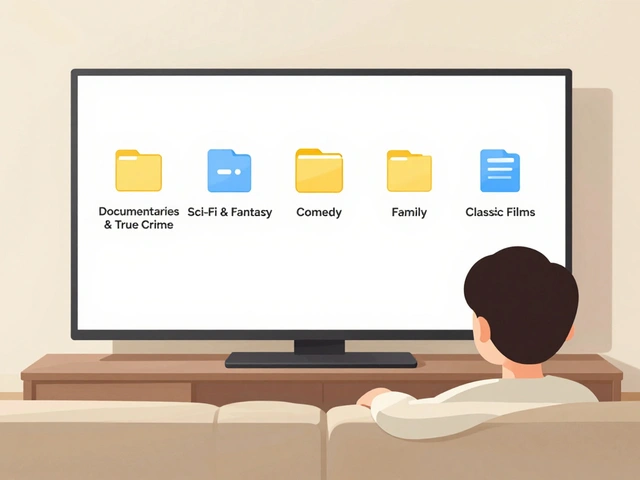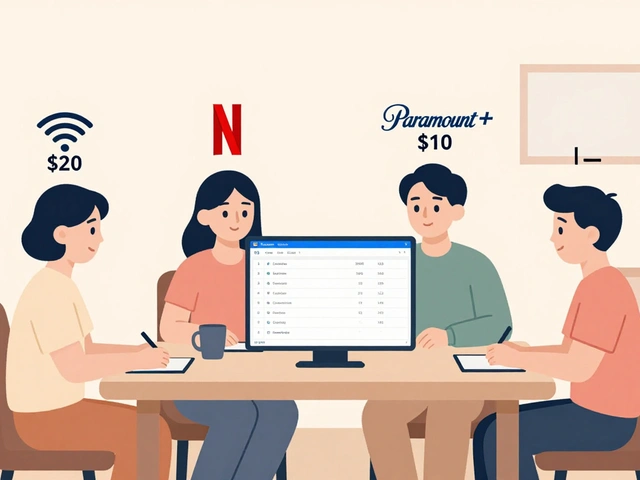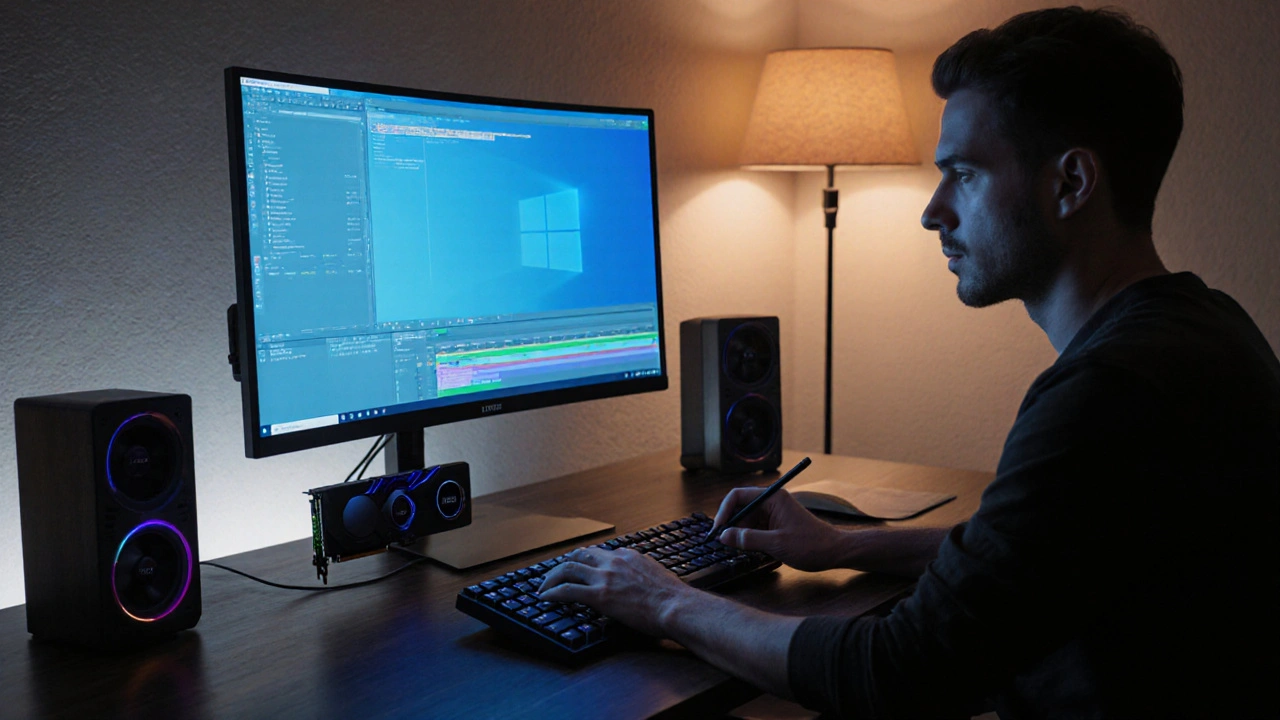Editing Monitor: How to Pick the Perfect Display for Video Editing
When working with editing monitor, a screen built for video editors that delivers high resolution, precise color and smooth refresh rates. Also known as video editing monitor, it lets you see every detail of your footage, so cuts and grades look right before you render. Color accuracy is a must‑have attribute; without it your grades can drift when the video plays elsewhere. HDR support expands the dynamic range you can work with, making highlights and shadows look natural.
The editing monitor you choose can make or break your workflow. A good monitor gives you a reliable canvas for color grading, timeline scrubbing and effects previews. Most editors look for 4K resolution because it matches the output standard of modern platforms and lets you spot pixel‑level flaws. 4K resolution also future‑proofs your setup as more streaming services push ultra‑HD content. Pair that clarity with a fast refresh rate—at least 60 Hz, though 120 Hz is ideal for smooth playback of high‑frame‑rate footage.
Key Features That Separate a Pro‑Grade Editing Monitor
First, consider how the panel handles color space. Monitors calibrated to the Rec. 709 or DCI‑P3 gamuts cover the range most delivery formats require. Monitor calibration tools—hardware calibrators or built‑in presets—ensure the display stays true over time. Calibration isn’t a one‑off task; you’ll want a device that can store multiple profiles for different projects, like HDR vs SDR workflows.
Second, connectivity matters. Modern editing rigs run on Thunderbolt 3/4, HDMI 2.1 or DisplayPort 1.4. Having at least two inputs lets you switch between a laptop and a desktop without changing cables. Some monitors also include daisy‑chain capabilities, letting you stack a secondary display for timelines while keeping the primary screen for full‑screen previews.
Third, ergonomic tweaks keep you comfortable during long sessions. Height, tilt, swivel and pivot adjustments reduce neck strain when you flip between portrait and landscape orientations. A matte coating reduces glare from studio lights, while a built‑in blue‑light filter protects your eyes during late‑night edits.
Finally, price points span a wide range. Entry‑level 4K monitors from brands like LG or BenQ deliver decent color accuracy for hobbyists. Mid‑range options from Dell or ASUS add factory‑calibrated panels and HDR support without breaking the bank. Pro‑grade models from EIZO or ASUS ProArt include hardware calibration, uniform back‑lighting and wider color gamuts, perfect for colorists who need pixel‑perfect consistency.
All these factors—resolution, color accuracy, HDR, calibration, connectivity and ergonomics—interact to shape a monitor that fits your editing style. Below you’ll find articles that dive deeper into specific tools, workflow tricks and buying guides, so you can match the right monitor to your creative needs.
21
Best Video Editing Hardware Setup for 2025
Discover the ideal video editing hardware setup for 2025, from CPUs and GPUs to storage and monitors, with practical tips for every budget.
Latest Posts
Popular Posts
-
 App Layout Strategies: Organize Streaming Services by Genre and Use
App Layout Strategies: Organize Streaming Services by Genre and Use
-
 How Roommates Can Fairly Share Wi-Fi and Streaming Costs
How Roommates Can Fairly Share Wi-Fi and Streaming Costs
-
 Paramount+ with Showtime vs. Peacock Premium vs. ESPN+: Which Sports Add-On Fits Your Viewing Habits?
Paramount+ with Showtime vs. Peacock Premium vs. ESPN+: Which Sports Add-On Fits Your Viewing Habits?
-
 How to Cancel Paramount+: Step-by-Step Guide
How to Cancel Paramount+: Step-by-Step Guide
-
 Why Subtitles Aren't Working: Fix Common Video Text Issues
Why Subtitles Aren't Working: Fix Common Video Text Issues



